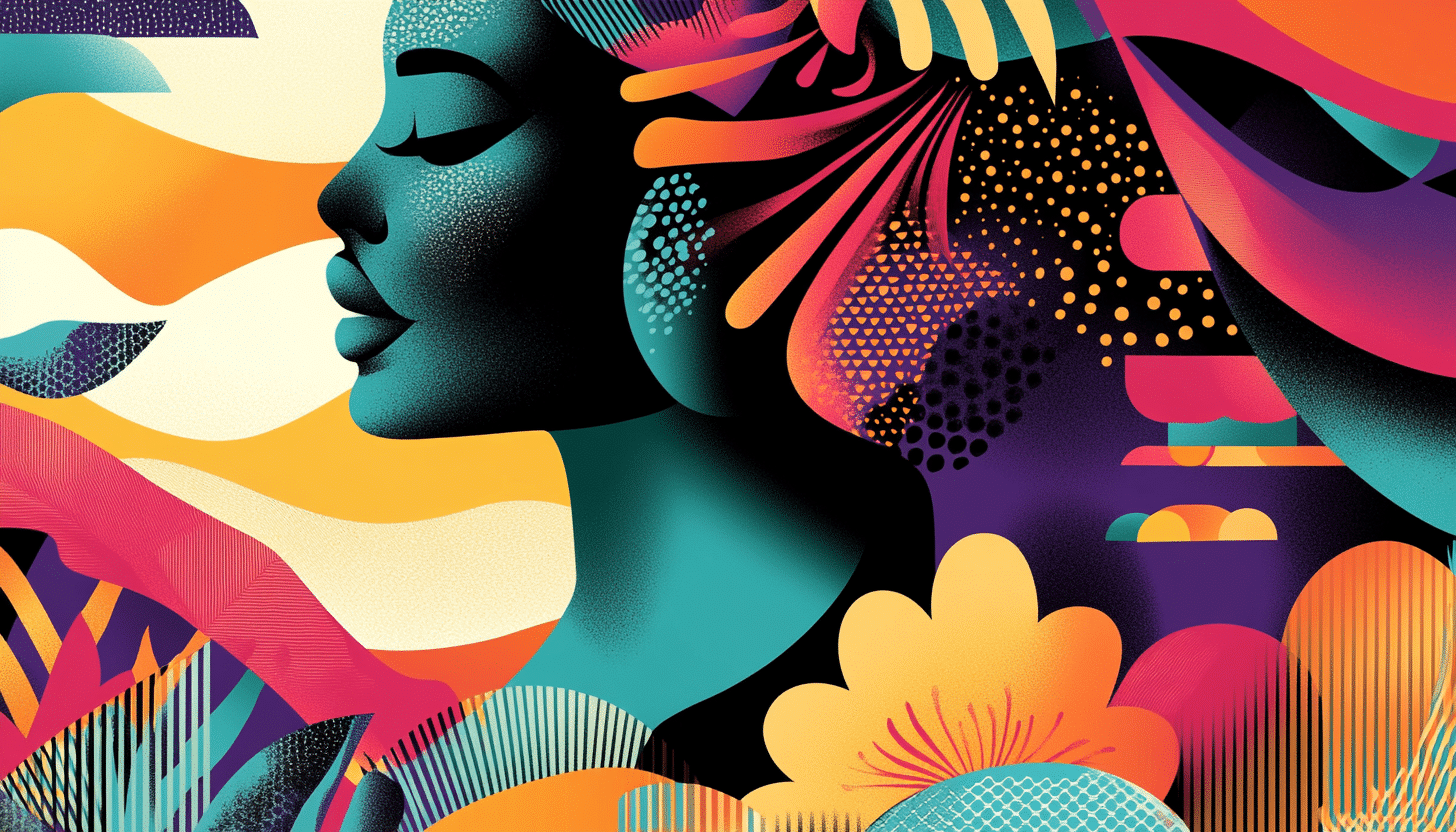What is Body Painting Day?
Body Painting Day is held every year on July 8 and is celebrated worldwide. This day honors the art of painting directly on the human body, transforming living people into living artworks. It is a celebration of creativity, body acceptance, and freedom of expression.
The event is open to everyone, regardless of age, gender, or body type. Artists and models work together in public spaces, turning city squares and parks into colorful galleries. It is not about nudity for shock value. It is about using the human form as a canvas to celebrate diversity, individuality, and artistic freedom.
History and Origin
Body Painting Day was founded in 2014 by artist Andy Golub in New York City. Golub had already been painting on bodies since 2007 and gained public attention for his bold, open-air projects. His goal was to bring body art into public view as a respected art form.
After initial legal resistance, Golub won the right to paint fully nude models in public spaces in New York, which set a precedent. His project quickly gained international attention. Today, similar events take place in cities like Amsterdam, Berlin, and San Francisco.
The core message has remained the same: everyone is a canvas, and every body deserves respect.
Who participates in Body Painting Day?
- Artists: Use the human body as a surface to express color, movement, and emotion.
- Models: Volunteer their bodies and embrace vulnerability to support creative freedom.
- Spectators: Attend the event to view the work, take photos, and support the message.
- Event organizers: Create a safe and respectful space where people can participate freely.
- Volunteers: Help with logistics, coordination, and ensuring that everything runs smoothly.
Slogans and Themes
Popular slogans include “Art is Freedom,” “Celebrate Your Body,” and “Living Art for a Living World.” Each year, the event may feature a new theme to guide the artworks, such as peace, unity, climate, or transformation. The themes are designed to inspire connection and conversation through paint and performance.
Colors, Symbols, and Patterns
Colors
- Bright tones: Represent joy, diversity, and energy.
- Earthy shades: Connect the human form with nature.
- Monochrome schemes: Used to highlight form, contrast, or artistic unity.
Symbols
- Abstract shapes: Allow open interpretation and emphasize creative freedom.
- Natural elements: Such as leaves, waves, or animals, often symbolize harmony.
- Cultural references: Highlight heritage, identity, and storytelling.
Patterns
- Geometric lines: Show structure, balance, and design.
- Swirls and curves: Reflect movement, emotion, and flow.
- Tribal influences: Pay tribute to ancient traditions of body decoration.
Most Used Hashtags
- #BodyPaintingDay
- #LivingArt
- #CelebrateYourBody
- #BodyPositivity
- #ArtOnSkin
How do you celebrate Body Painting Day?
- Join a local event: Take part in an organized celebration as a visitor, model, or artist.
- Create your own art: Paint a friend or yourself using safe body paints and share your design.
- Host a workshop: Teach others about body art techniques and its cultural roots.
- Share online: Post your work or favorite moments using the official hashtags.
- Support inclusive art: Donate to or collaborate with groups promoting body positivity and open artistic spaces.
Why is Body Painting Day important?
Body Painting Day is important because it redefines how we see the human body. It shifts focus from judgment to appreciation, from shame to celebration. In a world that often promotes unrealistic beauty standards, this day offers an alternative: the body as art, not object.
The event is not only about color and technique. It is about showing that all bodies are worthy of respect and creative expression. Through shared vulnerability, connection, and paint, Body Painting Day turns public space into a stage for self-expression and community.
Features
July 8: Body Painting Day
Why do you keep falling for the same type?
Read the article Lovemaps: the hidden blueprint of our love.

